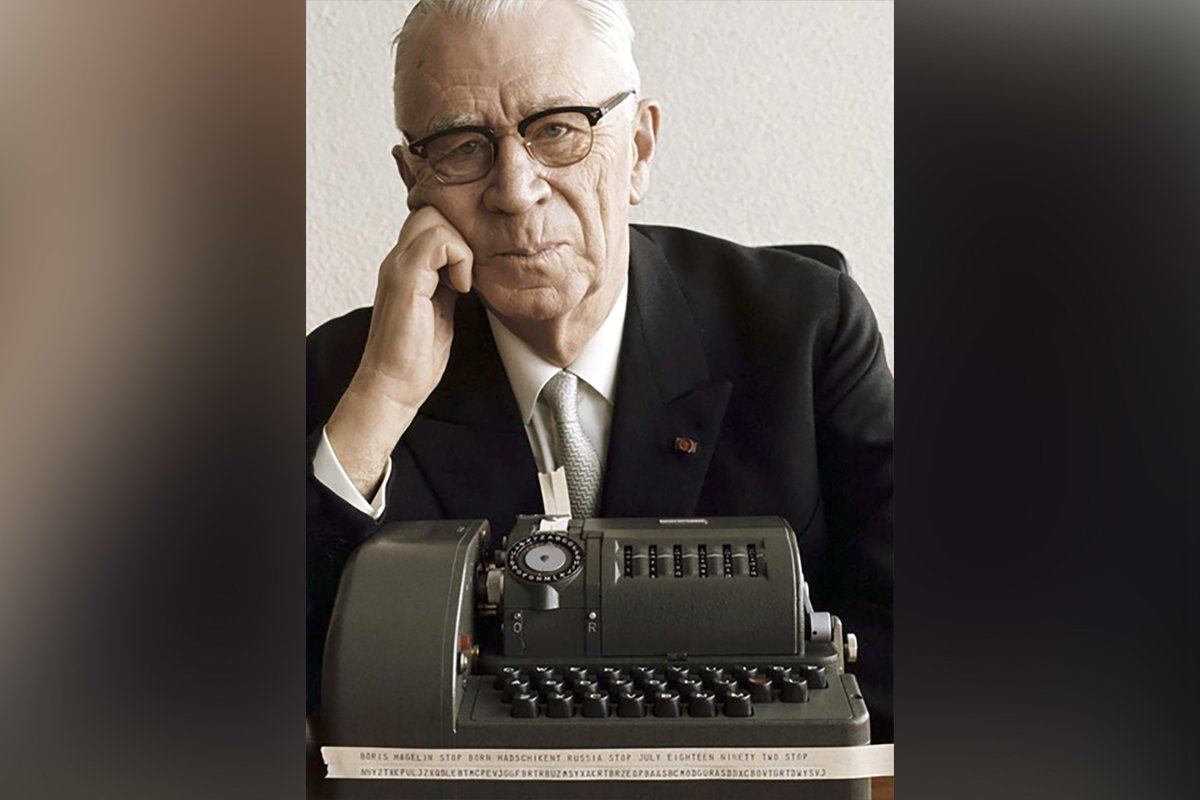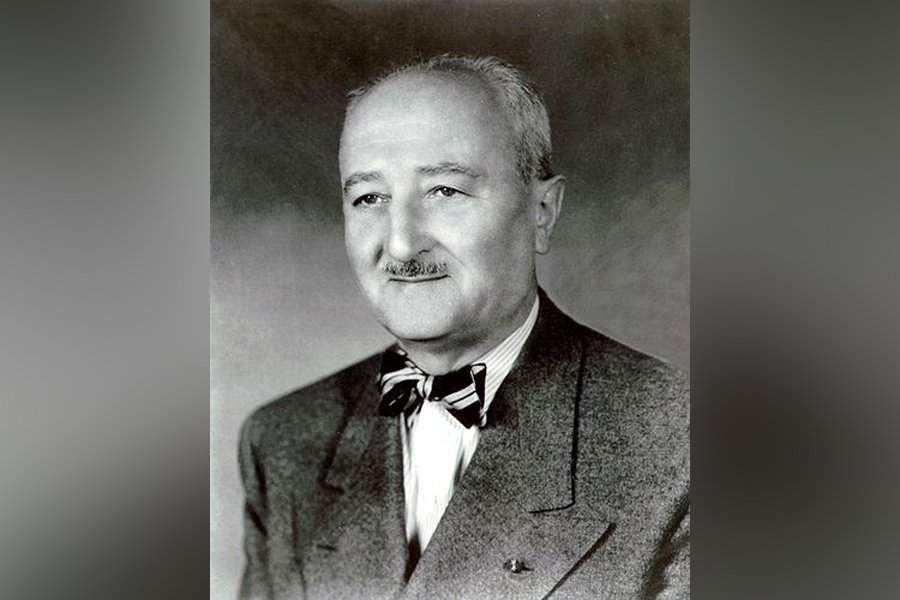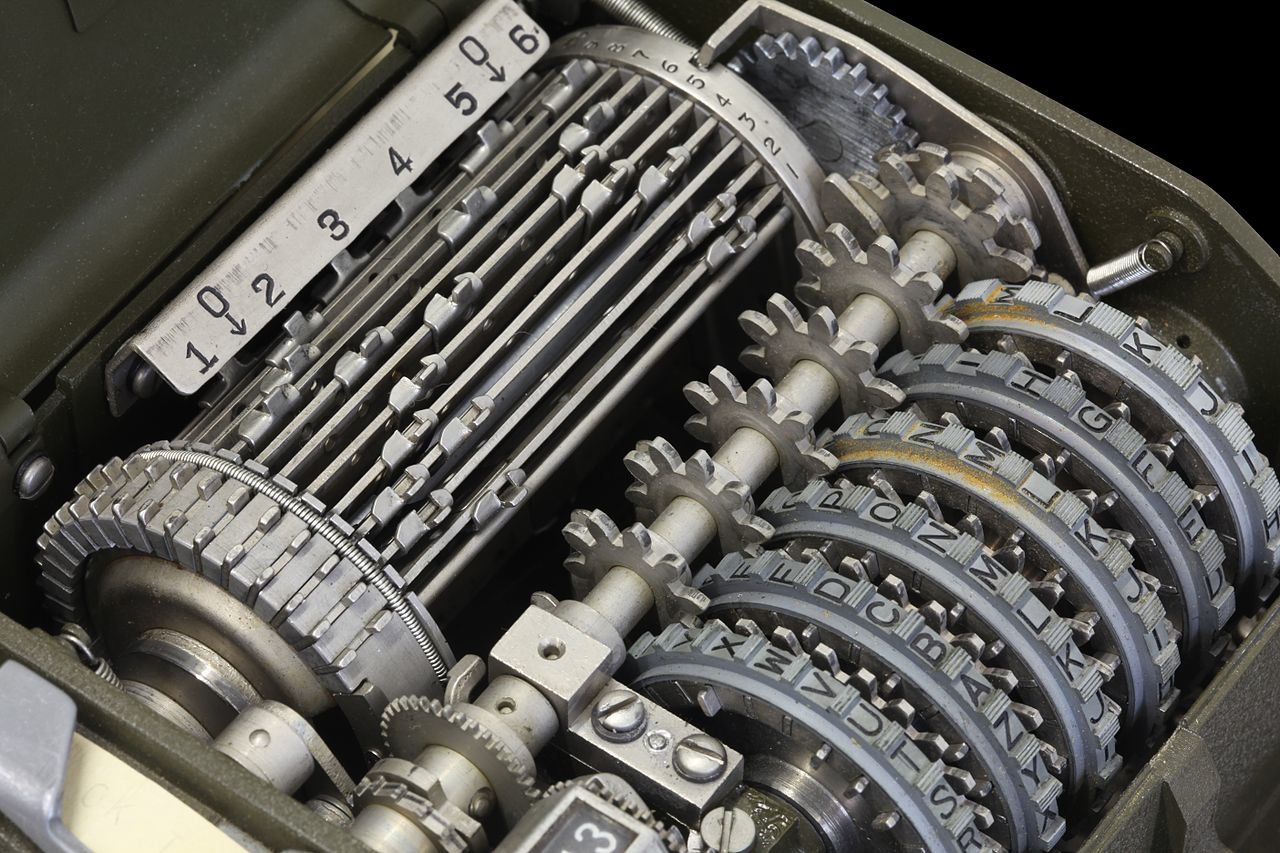Operation Rubicon: How the CIA Listened in on Adversaries and Allies for Decades

Operation Rubicon started when Crypto AG was producing encryption machines, and as the company moved into the software industry, the operation evolved with the technology. Photo by Towfiqu barbhuiya on Unsplash.
For 50 years, the Central Intelligence Agency and its German counterpart held the keys to a backdoor method of monitoring the secure communications of at least 120 governments all over the world. The CIA called the effort, which was code-named Operation Rubicon, “the intelligence coup of the century.”
At the center of the massive, top-secret operation was Crypto AG, a Swiss company whose relationship with the US began during World War II. Boris Hagelin, the company’s founder, was a Swedish inventor and businessman who fled to the United States when the Nazis occupied Norway in 1940.
During World War II, Hagelin won a contract to supply the US military with his M-209 encryption machines. Mass-produced at the Smith Corona typewriter factory in Syracuse, New York, around 140,000 of the portable, hand-powered machines were built and used by US forces mainly to send encoded communications for quick combat maneuvers.

After the war, Hagelin returned to Sweden with a personal fortune and a strong sense of loyalty to the US. He moved his company to Switzerland in 1952 to avoid Sweden’s restrictive export laws and high tax burdens.
During his time in the US, Hagelin built a strong friendship with Army Col. William Friedman, whom the National Security Agency dubbed the “father of modern American cryptology.” After Hagelin announced in the early 1950s that he was working on a new, highly secure cipher machine, the NSA sent Friedman to strike a deal that would deny secure machines to certain countries. The deal was never put in writing, but the US benefited from the “gentlemen’s agreement” for years.
In 1960, the CIA took over the partnership from the NSA and codified the agreement between Hagelin and the US in an operation known as the Spartan project. When integrated circuits hit the market in the late ’60s, Hagelin needed to look outside his organization in an effort to keep up with the technology. The NSA stepped in, eagerly assuming a more active role in the design process of a new device for Hagelin.
The NSA’s proposal stemmed from concerns over integrated circuits from an electronic cipher machine potentially creating “unbreakable” codes. The agency discovered a way to maintain a backdoor algorithm to unlock the encryption while making it look like the machine was creating secure code.
“A circuit-based system,” The Washington Post explained, “could be made to appear that it was producing endless streams of randomly generated characters, while in reality [the system] would repeat itself at short enough intervals for NSA experts — and their powerful computers — to crack the pattern.”

When the governments of France and West Germany figured out in 1967 that Hagelin was working with US intelligence, they approached him, wanting a similar arrangement, which Hagelin turned down before reporting the propositions to his CIA handlers.
But three years later in 1970, the intelligence operation entered a new phase when Hagelin sold Crypto AG for $5.75 million to a joint venture of the CIA and its US-approved German counterpart, the BND. The company introduced its H-460 electromechanical cipher machine — designed with help from the NSA — the same year.
Initially code-named Thesaurus and later Rubicon, the operation provided a wealth of cash and intelligence. The CIA and BND split millions of dollars in profits from Crypto AG’s sales and funneled the cash directly back into Operation Rubicon and other efforts. The top-secret deal ultimately allowed the American and German governments to spy on the encrypted communications of dozens of allies and adversaries for decades.
“Foreign governments were paying good money to the U.S. and West Germany for the privilege of having their most secret communications read by at least two (and possibly as many as five or six) foreign countries,” a CIA report concluded.
The operation allowed the US to listen in on negotiations regarding the Egypt-Israel peace agreement in 1978. It provided intelligence during the 1979 hostage crisis in Iran and allowed US officials to listen as Libyan terrorists celebrated the successful execution of the 1986 West Berlin discotheque bombing.

As technology advanced, Operation Rubicon evolved, and Crypto AG moved into software development.
The operation hit a snag in 1992 when Iranian authorities arrested Crypto AG employee Hans Bühler on a sales trip and detained him for nine months on charges of espionage related to Crypto AG’s devices. The US paid a bail of $1 million to Iran for Bühler’s release. After he was freed, a string of disputes related to his treatment and his claims that Crypto AG’s machines were rigged to contain a back door led to Bühler’s firing.
Shortly after the Bühler controversy, the BND opted out of Rubicon and sold its shares to the CIA on June 30, 1994. The CIA then ran Crypto AG until it sold the company in February 2018, giving Rubicon a lifespan of nearly half a century. Though Rubicon had ended, the CIA used profits from the operation to purchase other technology companies, according to former Western intelligence officials cited by The Washington Post.
Read Next: The CIA’s ‘Operation Midnight Climax’ Is Exactly What It Sounds Like

Lauren Coontz is a former staff writer for Coffee or Die Magazine. Beaches are preferred, but Lauren calls the Rocky Mountains of Utah home. You can usually find her in an art museum, at an archaeology site, or checking out local nightlife like drag shows and cocktail bars (gin is key). A student of history, Lauren is an Army veteran who worked all over the world and loves to travel to see the old stuff the history books only give a sentence to. She likes medium roast coffee and sometimes, like a sinner, adds sweet cream to it.
BRCC and Bad Moon Print Press team up for an exclusive, limited-edition T-shirt design!
BRCC partners with Team Room Design for an exclusive T-shirt release!
Thirty Seconds Out has partnered with BRCC for an exclusive shirt design invoking the God of Winter.
Lucas O'Hara of Grizzly Forge has teamed up with BRCC for a badass, exclusive Shirt Club T-shirt design featuring his most popular knife and tiomahawk.
Coffee or Die sits down with one of the graphic designers behind Black Rifle Coffee's signature look and vibe.
Biden will award the Medal of Honor to a Vietnam War Army helicopter pilot who risked his life to save a reconnaissance team from almost certain death.
Ever wonder how much Jack Mandaville would f*ck sh*t up if he went back in time? The American Revolution didn't even see him coming.
A nearly 200-year-old West Point time capsule that at first appeared to yield little more than dust contains hidden treasure, the US Military Academy said.












